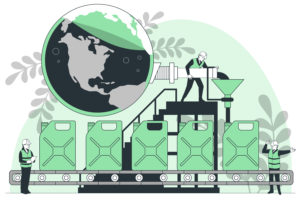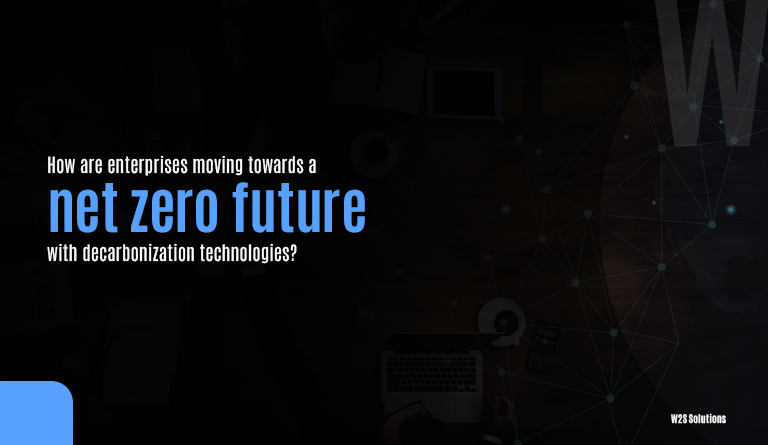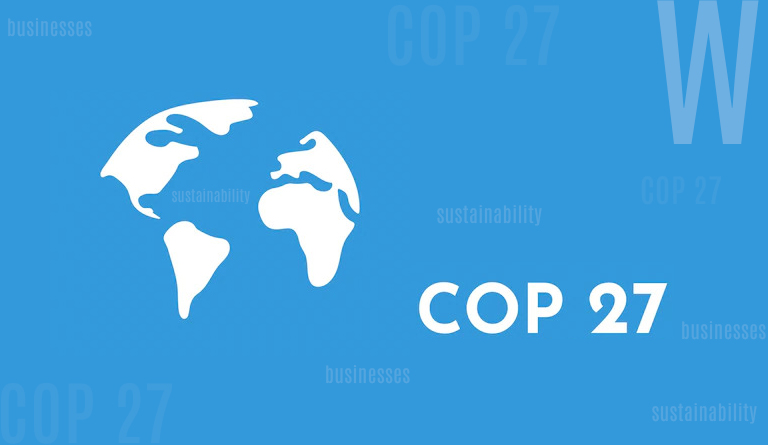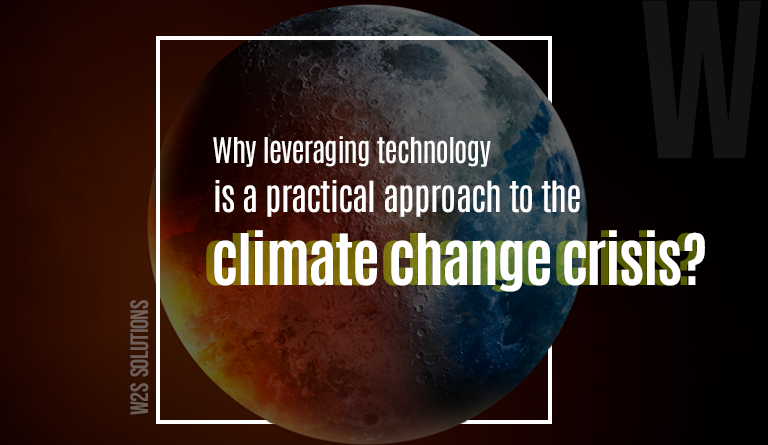One of the biggest problems we are currently experiencing is climate change. One way to combat it is to decarbonize the manufacturing process, which should be a top focus for enterprises and governments. Enterprises with carbon-emitting manufacturing processes know they need to change their operational procedures to create a safe environment. How can cutting-edge decarbonization technology help them accomplish this? Let’s dive in to explore more about decarbonization to achieve net zero in the future!
Planning for the long term and moving beyond short-term objectives is the first step toward achieving net zero emissions and stabilizing climate change. Enterprises and governments can make proactive decisions that lay the groundwork for future development and prevent locking in negative development patterns and investments that could become useless in a world with carbon limitations.
According to a study, the government has established new investment goals totaling $90 trillion to combat global climate change from 2016 to 2050.
One of two approaches to free up or boost revenues that can cut the cost of education, health care, and infrastructure and provide direct aid to the poor while also decreasing carbon emissions is the removal of fossil fuel subsidies, which mostly benefit the wealthy. Better land and forest management reduces emissions while absorbing and storing carbon, which benefits natural carbon sequestration. Enterprises may adjust to a cleaner environment quicker if the shift is done.

What are the economic and operational challenges faced by decarbonization?
We will require the ideal balancing act between technology and regulation to ensure a clean and inexpensive energy supply. However, in a world where over 1 billion people still struggle for basic power and many more continue to live in poverty, the combined mission of providing affordable clean energy and fighting the effects of climate change remains challenging. We must strike a balance between legislation, public policy, decarbonization technology, and consumer behaviour to address the challenge of climate change.
Rethinking consumption
Today, we can all take steps to use less energy, including changing our thermostats, purchasing less disposable items, and taking public transportation more frequently. We must eventually limit our consumption while recycling and reusing what we can.
Similar possibilities, including using CO2 to create petrochemicals, are being investigated by the enterprise. However, in the supply chains of consumable goods, plastics can be used ethically to create lightweight, durable objects or, if used, to lessen the demand for energy-intensive materials like steel and aluminium. It is provided that the proper recycling and reuse regulations and practices are followed.
Rules and responsibilities
Corporations are under increasing pressure from shareholders to comply with environmental, social, and governance (ESG) norms and are being penalized for doing so. Several International Oil Companies (IOCs) have even considered turning into power producers as their strategy.
More critically, their resources have migrated from high-intensity carbon fuels to less carbon-intensive gas and renewables. Decarbonization technology, SDG solutions and regulation must collaborate to generate energy in the right direction without distorting market dynamics.
Utilizing technology
Addressing the energy shift throughout the supply chain with various technology solutions will be necessary. Both liquid fuels and electrons will be significantly influenced by renewable energy. By focusing on converting leftover vegetable oils or animal fat into tallow through bio-refining, the biofuels industry can avoid competing with farmers for food and hurting ecosystems.
We can utilize technologies like blockchain, big data, and the Internet of Things (IoT) to measure and analyze the effects of the carbon we use regularly. This would allow us to assign carbon qualities to the fossil fuels we generate, refine, and use.
Why does conscious consumption matter?
Conscious consumption can reduce the effects of pollution and human waste as the climate crisis draws closer and worsens every day. It reduces the need for mass production and consumption, two major contributors to environmental degradation. It is crucial ethically since conscious consumption strongly emphasizes having a beneficial social and economic impact.

The framework for conscious consumption has been built by economic, social, and cultural factors. Since many enterprises’ eco-friendly initiatives have flourished, greenhouse gas emissions have begun to fall. Nowadays, everyone knows that conscious consumption greatly matters for a safe environment, which should not be considered a choice.
How are enterprises addressing decarbonization with tech?
Technology consumes up to 10% of the world’s electricity, yet enterprises can use digital technology to reduce emissions. Emerging technologies like artificial intelligence (AI), big data, cloud computing, and the Internet of Things (IoT) can power mobile applications that identify and control greenhouse gas emissions up and down the value chain within business operations. Digital technology and automation can also assist the entire company in lowering its carbon footprint by increasing operational efficiency.

Rethinking certain fundamental operational aspects inside the enterprise technology function will help cut emissions even more. By measuring total emissions and increasing productivity across the whole value chain, technology can help an enterprise achieve its net zero goals. Enterprise technology, however, has always aided enterprises in their operations and transformations. Enterprise solutions might be very helpful to companies in at least three different ways as they work to reduce their carbon footprints.
Transition phase
Web apps integrated with IoT will be crucial for enterprises to monitor their overall greenhouse gas emissions and track their progress toward achieving reduction goals.
Fuelling the growth of change
Big data analytics solutions can aid in reducing emissions throughout the value chain by improving efficiency throughout an enterprise’s activities and contacts with suppliers.
Rethinking technology solutions
The enterprise function that relies on technology will also need to rethink some of its core operating principles to reduce the emissions of its own processes.
Check out more of our ☛ Case Studies and Works
Wrapping Up
As the world moves steadily toward a net zero future, these technologies’ continuous expansion will inspire new inventions and business opportunities. Lowering consumption- and production-based emissions require designing products and waste management systems to encourage reuse, recycling, or long-term usage.
Even though disposing of items results in most of the difficulties involved with waste management, the problem first appears far earlier in a product’s life cycle. Enterprises willing to be a part of reducing carbon emissions for a better future can get professional support from the leading IT consulting company to avail of cost-effective decarbonization solutions with the latest tech and features to stay ahead of the competition.






